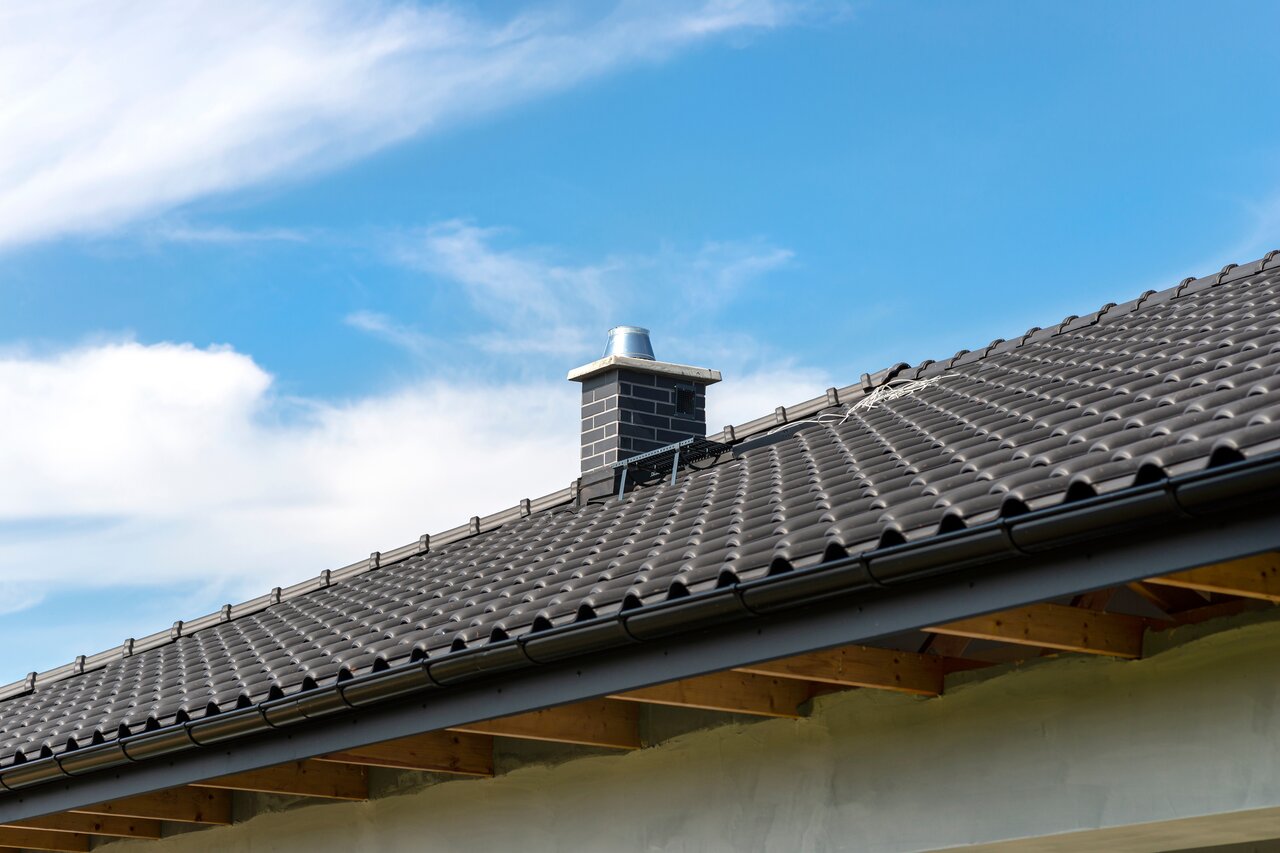
We all know that a roof over our heads is essential for protection against the elements. But did you know that how your roof is ventilated can significantly impact your home’s comfort, safety, and even your wallet? Understanding the importance of roof ventilation, its benefits, and the best practices can make a world of difference.
Many homeowners overlook the topic of roof ventilation, considering it a boring and unimportant aspect of home maintenance. On the contrary! There’s much more to it than meets the eye, and the impact of proper roof ventilation is far-reaching. From preventing damaging moisture build-up to maintaining a comfortable indoor temperature, roof ventilation is your home’s unsung hero.
Just like a well-oiled machine, your home needs to breathe, and that’s where roof ventilation steps in. It provides the necessary inhalation and exhalation your house needs to maintain its health and longevity. But not all ventilation systems are created equal, and that’s where things can get a bit tricky. Thankfully, we’re here to break it down for you. Let’s get to it then, shall we?
1. Moisture Control: Combating the Enemy Within
One of the primary reasons proper roof ventilation is crucial lies in its ability to manage moisture levels within your property effectively. In the absence of adequate ventilation, warm air that rises and accumulates in your attic can cause condensation, leading to a buildup of excess moisture. This moisture can result in a variety of issues, such as mold growth, wood rot, and damage to insulation materials, which can compromise your property’s structural integrity and indoor air quality.
By maintaining appropriate ventilation, you can prevent these issues by ensuring that moist air is continuously replaced with fresh, dry air. This exchange of air helps maintain a balanced moisture level in your attic, safeguarding your property from the detrimental impacts of excess humidity.
2. Temperature Regulation: Keep Your Property Comfortable and Energy-efficient
Another significant advantage of proper roof ventilation is its ability to regulate temperature within your property. During hot summer months, inadequate ventilation can cause heat to build up in your attic, resulting in abnormally high indoor temperatures. This excess heat not only makes your living or working space uncomfortable but also places additional strain on your air conditioning system, leading to increased energy consumption and costs.
Similarly, during colder months, proper roof ventilation helps maintain a consistent temperature in your attic, preventing warm air from escaping and reducing the load on your heating system. This temperature regulation contributes to a more energy-efficient property, ultimately saving you on utility costs and creating a more comfortable environment.
3. Prevention of Ice Dams: Keep Winter Woes at Bay
In regions that experience harsh winters, one of the major concerns for property owners is the formation of ice dams on their roofs. Ice dams typically form when heat from inside the property melts snow on the roof, causing water to flow toward the eaves, where it refreezes and accumulates.
As more snow melts and refreezes, an ice dam is formed, preventing water from flowing off the roof and potentially causing significant damage to your roofing materials, gutters, and even your property’s interior.
Proper roof ventilation helps prevent ice dam formation by maintaining a consistent temperature in the attic, preventing uneven melting and refreezing of snow on the roof. By ensuring adequate ventilation, you can mitigate the risks associated with ice dams, protecting your property from costly repairs and damages.
4. Types of Roof Vents and Best Practices: Making the Right Choice
There is a wide range of roof vents available on the market, each with its own unique design, functionality, and suitability for specific roof types or climatic conditions. Some common types of roof vents include ridge vents, soffit vents, gable vents, and turbine vents.
Understanding the differences between these vent types and selecting the most appropriate option for your property can be a complex task, which is where our team of experts at Roofing Masters Network can provide valuable insights and guidance.
Best practices for roof ventilation dictate that a balanced system is critical for optimal performance. This balance is achieved by ensuring that the intake and exhaust vents are correctly placed and proportioned to allow for a consistent flow of air through your attic.
Generally, intake vents should be installed at the lowest point of the roof, typically in the soffit or eave areas, while exhaust vents should be placed at the highest point of the roof, such as in ridge or gable vents.
Trust Roofing Masters Network for Expert Roof Ventilation Solutions
Understanding the importance of roof ventilation and implementing best practices in the design and maintenance of your roofing system is vital for ensuring the longevity, comfort, and energy efficiency of your property. At Roofing Masters Network, our team of experienced professionals is committed to providing comprehensive roofing solutions tailored to your unique needs.
Allow us to guide you through the complex world of roof ventilation, helping you make informed decisions for your residential or commercial property. Don’t wait—contact us now to discover how our residential roofing contractors can revolutionize your property’s roof ventilation system.

